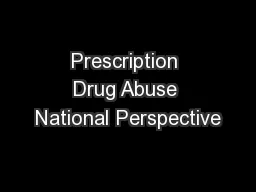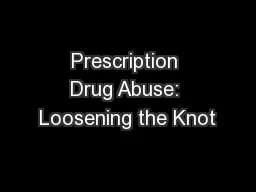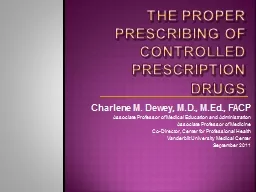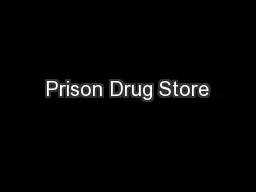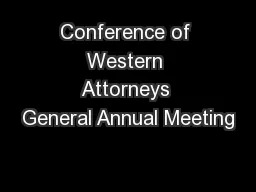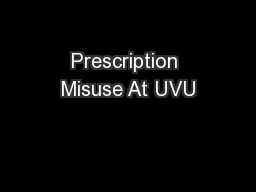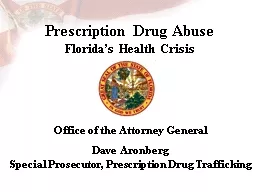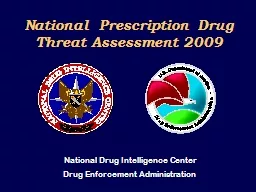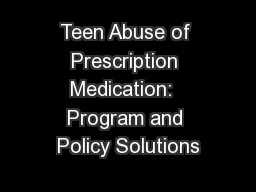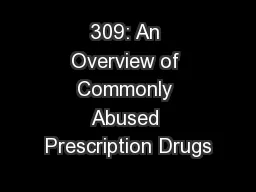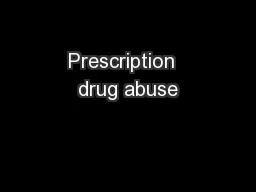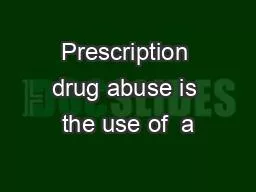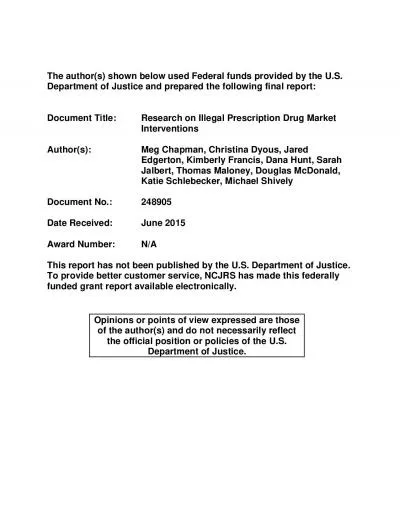PPT-Prescription Drug Abuse National Perspective
Author : ellena-manuel | Published Date : 2018-11-21
Gil Kerlikowske Director White House Office of National Drug Control Policy 2 ONDCPs Authority Established by the AntiDrug Abuse Act of 1988 Principal purpose Establish
Presentation Embed Code
Download Presentation
Download Presentation The PPT/PDF document "Prescription Drug Abuse National Perspec..." is the property of its rightful owner. Permission is granted to download and print the materials on this website for personal, non-commercial use only, and to display it on your personal computer provided you do not modify the materials and that you retain all copyright notices contained in the materials. By downloading content from our website, you accept the terms of this agreement.
Prescription Drug Abuse National Perspective: Transcript
Download Rules Of Document
"Prescription Drug Abuse National Perspective"The content belongs to its owner. You may download and print it for personal use, without modification, and keep all copyright notices. By downloading, you agree to these terms.
Related Documents

